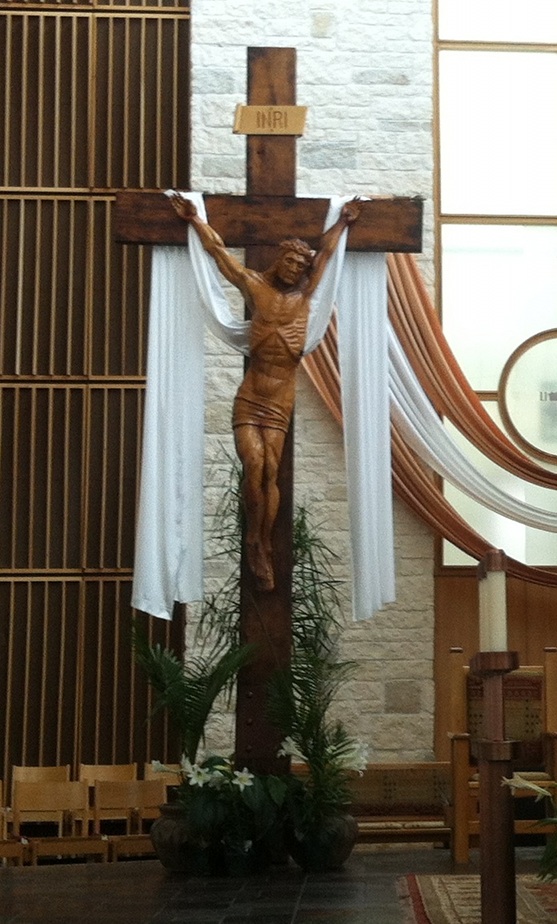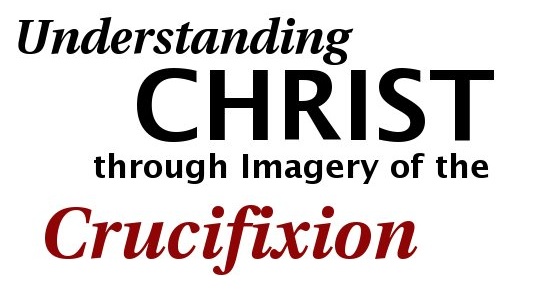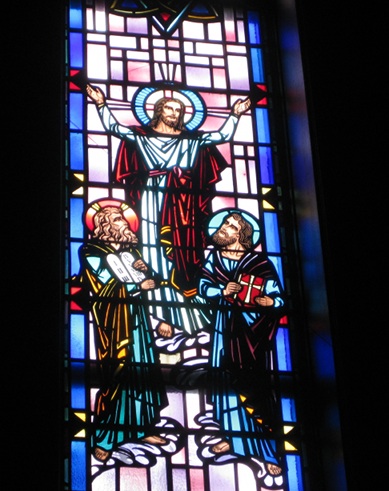|
This is a discourse analysis of how these concepts of redemption, sin, faith and hope are depicted and read by individuals in images of the suffering, crucified Christ. The contradictions and conflicting messages within images of the crucifix will be explored, as well as how personal experience affects one's identity with and understanding of the cross. Tangible visual objects will also be analyzed as a way of incorporating the meaning of the cross into every aspect of life along with other institutional technologies that serve as disciplinary measures, causing the viewer to not only identify with the crucifix, but also to uncover a calling to reenact that level of sacrifice in their own life.
|



